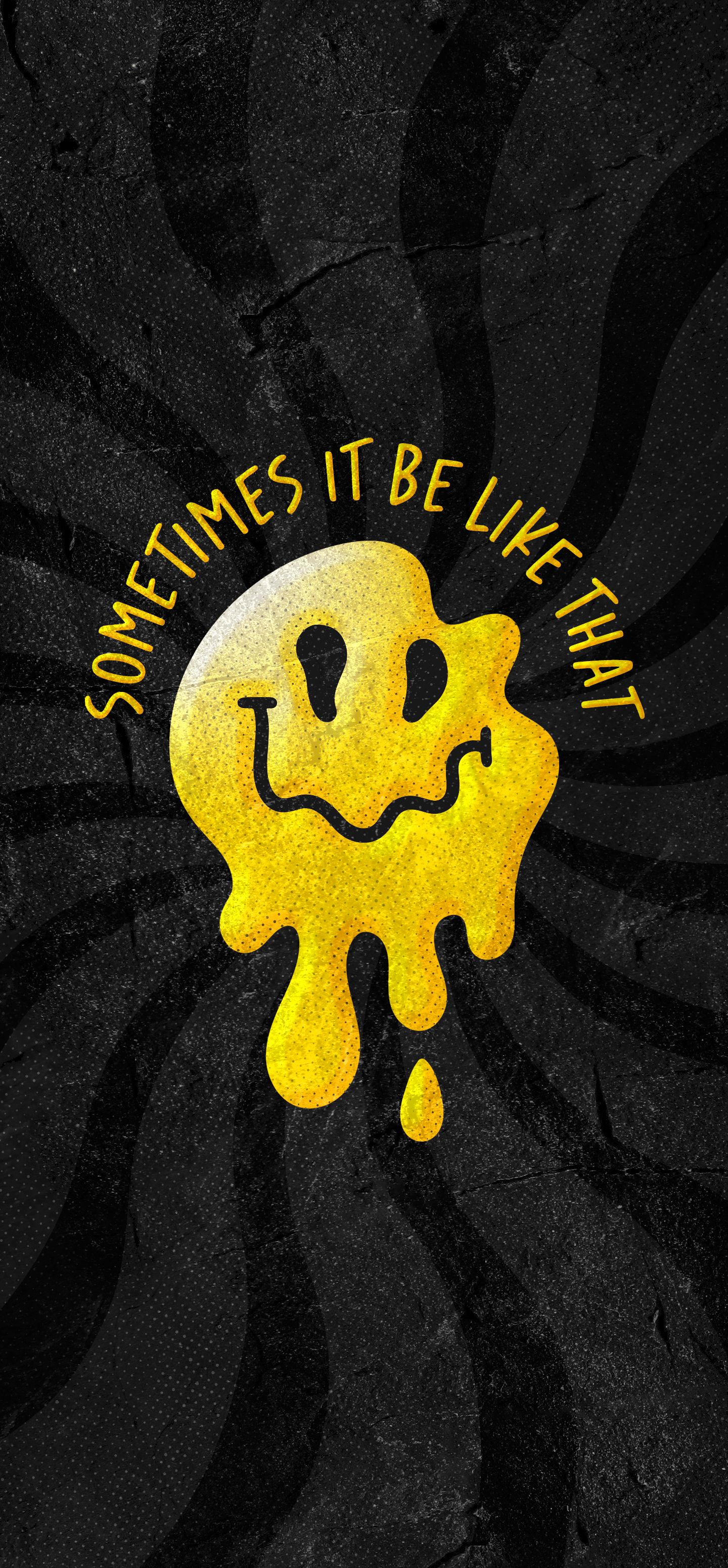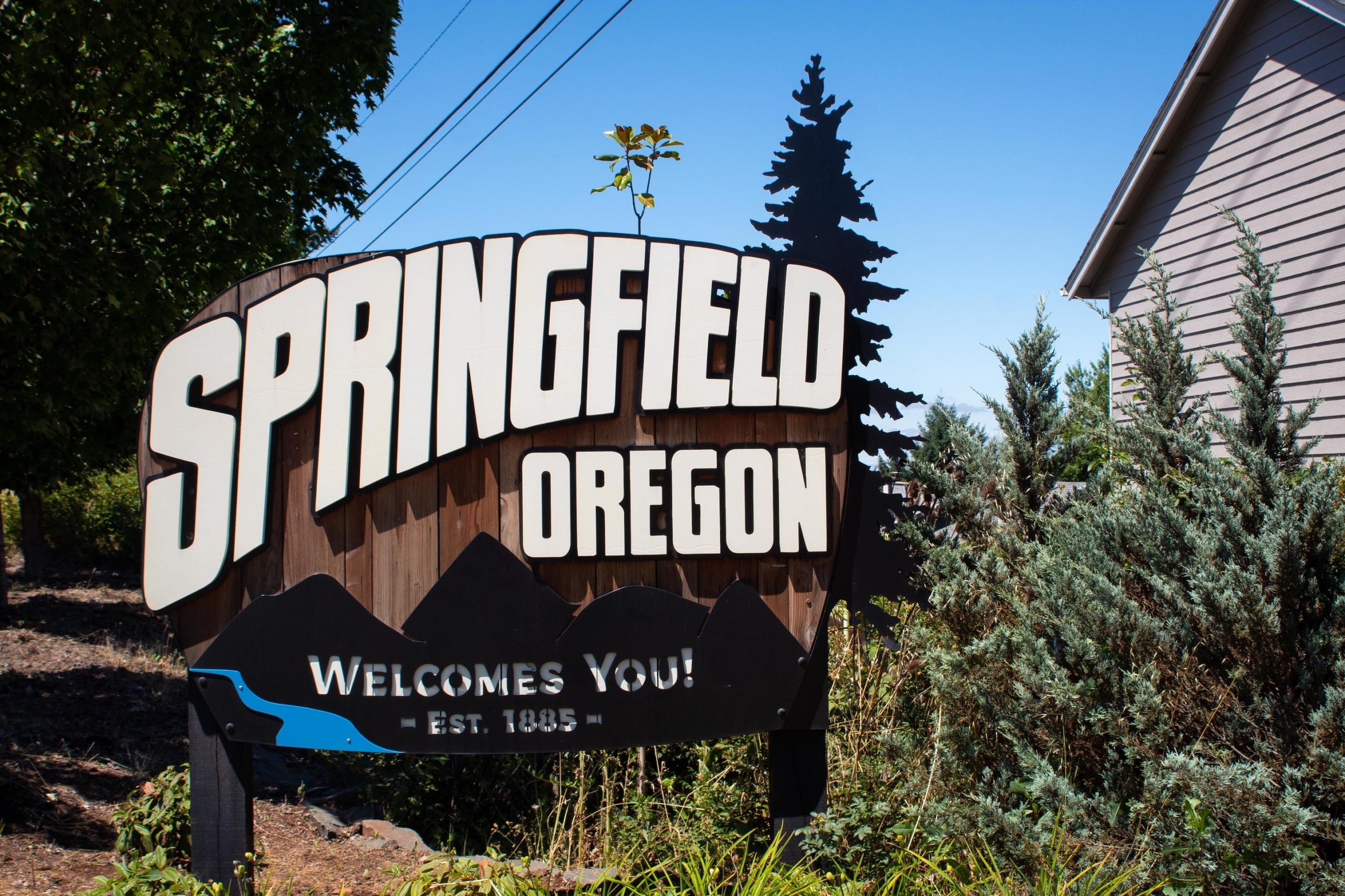I run bazzite (kde version), and before I upgraded to an AMD GPU I used an nvidia 3060 without any issues. As someone else mentioned, use Lutris and use the battle.net wizard to install. WowUp-CF is a linux native addon manager for WOW, and works great. If you use TradeSkillMaster, you can either install it in the same wine prefix as WOW or run it in it’s own prefix, just make sure you point it at the right WOW directory.
- 4 Posts
- 27 Comments

 41·2 months ago
41·2 months agoYour claim: communication occurred between the author and at last one or more of the individuals noted in the article over unencrypted methods.
Your clam is debunked by the article simply with the quotes I set out in my previous message. Comments about first message being signal or not is not relevant to the meat of the article, namely that the group of individuals listed were communicating about classified/top secret information on the Signal app and had (likely inadvertently) added the journalist
Addressing your comments about stated facts:
All connection requests to connect via signal happen through signal. The connection request must be the first contact, no messages can be transmitted before the connection request is approved.
The only thing missing here is weather or not the author received any messaging in the 2 day lapse between the connection request and the notice that he was being added to the signal chat group. While possible that they did communicate with the individual identified as Michael Waltz, it has no bearing on the content of the article nor the assumption you made about unencrypted communications being held.
I recommend getting familiar with the software being used (signal in this case). While I appreciate pedantic individuals like yourself that get into the details and phrasing of messaging in order to discern the truth or intent of the author, that has to be tempered with a larger understanding in general.
See https://support.signal.org/hc/en-us/articles/360007459591-Signal-Profiles-and-Message-Requests#message_requests for information about signal and message requests.

 72·2 months ago
72·2 months agoParagraph 6, first sentence:
On Tuesday, March 11, I received a connection request on Signal from a user identified as Michael Waltz.
Next paragraph:
I accepted the connection request, hoping that this was the actual national security adviser, and that he wanted to chat about Ukraine, or Iran, or some other important matter.
Next paragraph:
Two days later—Thursday—at 4:28 p.m., I received a notice that I was to be included in a Signal chat group. It was called the “Houthi PC small group.”
Paints a a pretty clear picture. Author got a signal connection request, which he accepted. The article intuits that no communication between the author and the signal user ID’d as Michael Waltz between the connection request and the author’s addition to the signal group.
Nothing I have read is ambiguous in how the communication occurred, so I’m at a loss at what you’re seeing that says differently.

 5·7 months ago
5·7 months agoApt acronym: DIE vs DEI
Nice aliases! But I’m a fan of topgrade for updating

 5·7 months ago
5·7 months agoWell that’s annoying.
Also don’t get used to using su like that, it puts you in an interactive root session. Sudo does the same but only for the command you are running. Safer to uze sudo on aper command basis to prevent accidentally making bad changes to your system. Sometimes su is needed but not usually.
Do 'sudo pacman -S --needed git base-devel yay ', let that run, then 'yay -S octopi ’
That will install the yay package manager, then uses yay to install stall octopi. Just co firmed on an Endeavor OS vm.

 81·7 months ago
81·7 months agoalso, you don’t manually move stuff around in /usr. if you want to manually install something or create directories, it goes in /home/<username>/<whatever folder>. Here’s a chatGPT response for what the base directories are typically for:
In Linux, the file system is organized into a series of directories, each with a specific purpose. Here’s a summary of the main Linux base directories and their typical purposes:
-
/ (Root Directory)
The top-level directory of the file system, from which all other directories branch. It contains all other files and directories.
-
/bin (Binary Executables)
Stores essential user command binaries that are needed for the system to operate in single-user mode (e.g., basic commands like ls, cat, cp, etc.).
-
/boot (Boot Files)
Contains files necessary for the boot process, including the Linux kernel (vmlinuz), initial RAM disk (initrd or initramfs), and bootloader configuration files (e.g., GRUB).
-
/dev (Device Files)
Holds device files that represent hardware devices (e.g., hard drives, printers, terminals) as files, allowing for device I/O. These files provide a way for programs to communicate with hardware.
-
/etc (Configuration Files)
Contains all system-wide configuration files and shell scripts used to start or manage programs and services (e.g., /etc/passwd for user accounts, /etc/fstab for mounting filesystems).
-
/home (User Home Directories)
Each user’s personal directory where they can store their files, configuration settings, and data. For example, /home/john would be John’s home directory.
-
/lib (Shared Libraries)
Contains shared libraries (similar to DLLs on Windows) needed by binaries in /bin and /sbin. These libraries contain code shared by multiple programs.
-
/media (Removable Media Mount Points)
Used to mount removable media like USB drives, CDs, or DVDs. For example, /media/usb may contain the files of a connected USB drive.
-
/mnt (Temporary Mount Points)
Typically used for temporarily mounting filesystems, such as external drives, or networked filesystems, often manually by the system administrator.
-
/opt (Optional Software)
Contains additional software packages or optional applications that are not included in the default installation. This is often used for proprietary or large third-party software.
-
/proc (Process Information)
A virtual filesystem providing access to kernel and process information. It contains directories for each running process (e.g., /proc/1234 for process ID 1234) and information about system resources.
-
/root (Root User Home Directory)
The home directory of the root (superuser) account, separate from /home to emphasize the special nature of the root account.
-
/run (Runtime Data)
Contains runtime information (e.g., process IDs, sockets, and other volatile data) that is typically cleared at boot. It stores data used for system management and communication between running services.
-
/sbin (System Binaries)
Holds system administration binaries that are essential for booting, restoring, and recovering the system (e.g., ifconfig, iptables, fsck). These commands usually require superuser (root) privileges to execute.
-
/srv (Service Data)
Contains data served by the system’s services, such as web or FTP server data. It is intended to store the actual content being served by services running on the system.
-
/tmp (Temporary Files)
A directory for temporary files that are created and used by programs and processes. Files here are usually cleared upon reboot, making it a transient storage space.
-
/usr (User System Resources)
One of the largest directories, it holds the majority of user utilities and applications. It contains subdirectories like: /usr/bin: non-essential user commands. /usr/sbin: non-essential system binaries. /usr/lib: libraries for programs in /usr/bin and /usr/sbin. /usr/local: for software installed locally (i.e., by the system administrator), separate from the distribution-provided software.
-
/var (Variable Data)
Stores variable (changing) files such as logs, mail, and databases. Some important subdirectories include: /var/log: log files. /var/tmp: temporary files that persist between reboots. /var/www: web server files.
These directories organize the operating system, making it easier for users and programs to find what they need.
-

 111·7 months ago
111·7 months agoOK, couple things here. First… change how you view installing and uninstalling. 99% of what you want/need can be installed with pacman, which is like the windows store. If you are not keen on the cli/terminal use, open up a command prompt and run the command ‘sudo pacman -S octopi’ to install it. You can then launch the octopi app and install or uninstall apps from there. I recommend sticking to this for now until you get more comfortable with linux and the cli. You’ll want to use octopi to download and install yay, which is another package manager like pacman but has more software available. Once you do that, enable AUR (arch user repository) in octopi so it knows to use yay as well as pacman when searching for software.
The calendar app you mentioned - you downloaded a ‘tarball’, which is essentially a compressed file for the app. If you searched for Orage and followed links to their source page, there’s directions on how to install the tarball. This is common for linux apps. That being said, Orage is in the AUR so after getting g octopi setup you can install it from there.
The remove command you used is not for removing files, it’s for uninstalling packages. So to uninstall noto fonts you would use the command ‘sudo pacman -Rdd noto-fonts’, however depending on the desktop 3nvironment (de) you selected it could cause issues. I don’t really recommend removing the font since it’s a dependency for KDE, XFCE, and maybe some others. Instead, find a replacement font you like and set it in the settings.
Regarding the dpi issue, does the problem persist after logout/login or a reboot? Sometimes dpi setting require that, again depending on the desktop environment.
Point of sale. The devices you stick your card into to pay.

 201·10 months ago
201·10 months agoChec out this article

 23·1 year ago
23·1 year agoThink you mean Trump in the second paragraph
Agreed. Just goes to show how laws can be moral or immoral as much as any action can be.
The thrust of the argument is that sin is a thing assigned by God. If there is no god, there is no sin; there are only moral and immoral acts

 6·1 year ago
6·1 year agoPretty sure they meant reverse dns :)

 11·1 year ago
11·1 year agoSounds like you’re sharing a login too, otherwise your browser profile wouldnt affect them…

 2·1 year ago
2·1 year agowings of an angel sarah mclachlan








Happy to offer assistance if you want. I’m running bazzite with steam as well as lutris for wow. Using lutris for tradeskillmaster as well, and wowup-cf for mods